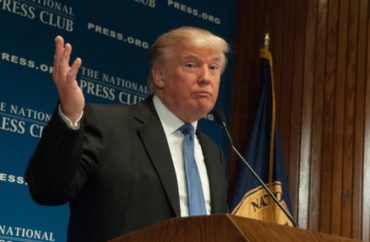
ANALYSIS: Political scientists determine Trump uses more violent language than Obama by comparing the Republican’s campaign speeches to the Democrat’s White House addresses
President Donald Trump’s “violent rhetoric” is getting worse, according to two political scientists.
University of California Los Angeles doctoral student Nikita Savin and UCLA Professor Daniel Treisman reached their conclusion after analyzing Trump campaign and presidential speeches from 2015 to 2024.
They compared it to President Barack Obama’s White House weekly addresses, even though a campaign speech is different in tone than a formal address. They have also said Hillary Clinton’s violent language is part of her “toughness” as a female politician confronting stereotypes.
“While politicians’ rhetoric does not always predict their actions, Trump’s increasing attachment to violent language and populist themes may offer insight into his future approach, whether as president or in defeat,” they wrote in The Conversation.
This recent article is based on a study published in July and updated this month. “As political scientists, we believe the rise of such rhetoric merits close monitoring because of its potential implications for the broader political landscape,” they wrote.
Over the summer, Treisman made similar warnings. “How Trump’s vocabulary will evolve in the coming months remains to be seen,” Treisman stated in a news release for UCLA. “But the rising temperature of his rhetoric bears watching.
Trump uses a “violent tone” and a “controversial rhetorical style,” the political scientists wrote for The Conversation.
The study relies on a dictionary that Treisman himself developed with another researcher.
His language is close to “authoritarian figures such as Kim Jong Un and Fidel Castro,” the scholars wrote.
The political scientists wrote that Trump uses “aggressive” language, such as promising to “drain the swamp.”
Old Trump used to not be as bad, according to the academics.
They wrote:
Trump’s rhetorical style has undergone significant changes since he launched his first presidential campaign. During his initial run in 2015-2016, his language became more inclusive, with a rise in the use of “we” and “the people” and fewer references to elites and social groups he views negatively (“them”).
Once in office, however, his speeches exhibited a more combative style. His use of violent language surged, and references to “them” became more frequent.
This evolution suggests that Trump’s rhetoric is adaptable, changing in response to political contexts and the audience he aims to engage.
“His increasing use of inflammatory language and swear words after taking office contrasts with the more measured tone he adopted during his 2016 campaign,” they wrote.
Biden was much better, according to the researchers.
“Despite being president during the start of two foreign wars and other ongoing conflicts abroad, Biden’s use of violent vocabulary during both the 2020 and 2024 presidential campaigns was consistently less than Trump’s,” UCLA wrote in its summary. (Biden’s administration has labeled pro-lifers as an “extremist threat” and warned of a “dark winter” if enough Americans didn’t take the COVID-19 jab).
The scholars also explained away violent imagery from Hillary Clinton.
“Hillary Clinton’s use of violent words in her 2015-2016 campaign slightly exceeded Trump’s relatively moderate level at that time, which could reflect Clinton’s desire to show ‘toughness’ given stereotypes of women leaders being less hawkish,” UCLA stated in its news release, paraphrasing the researchers.
MORE: ‘White rural rage’ book botches research, cited scholars say
IMAGE: Albert H. Teich/Shutterstock
Like The College Fix on Facebook / Follow us on Twitter

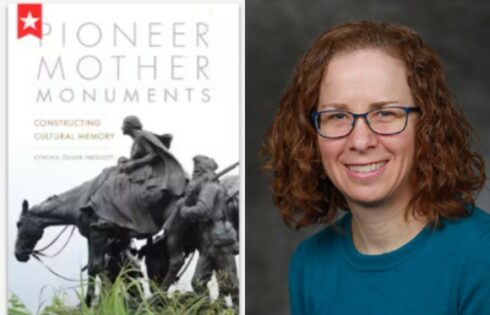
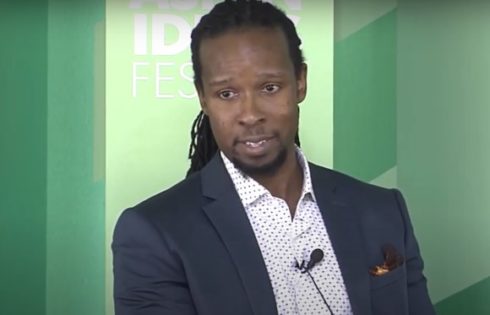

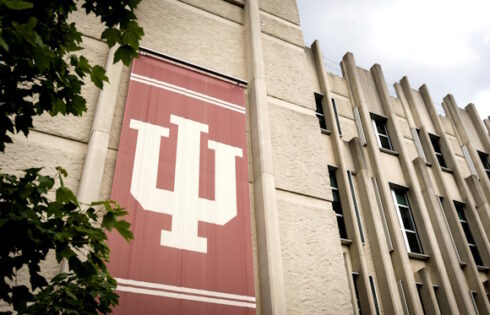
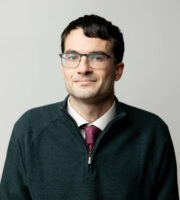
Please join the conversation about our stories on Facebook, Twitter, Instagram, Reddit, MeWe, Rumble, Gab, Minds and Gettr.